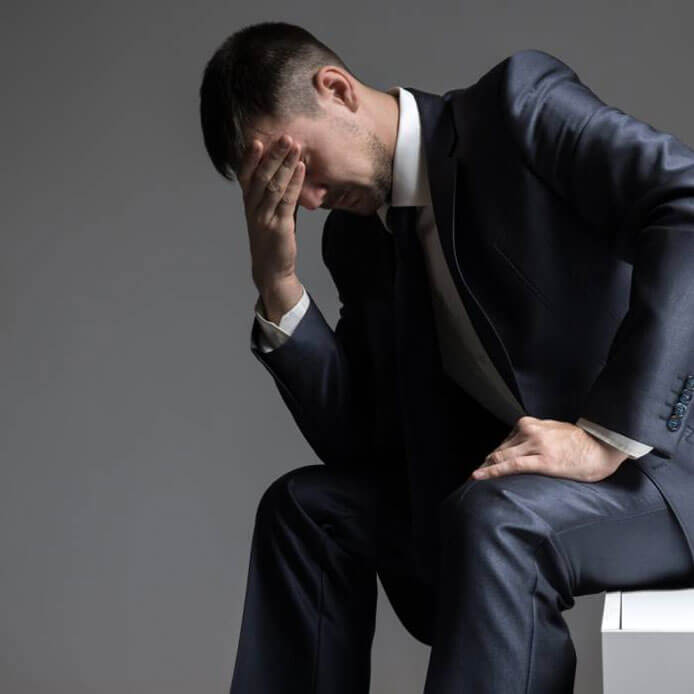Are waterslides inherently dangerous? The New Jersey state court’s Appellate Division seems to think so, as they affirmed the dismissal of woman’s negligence claims against Six Flags Great Adventure after she injured her foot on a water-based rafting ride.
Lisha Loo Morgan, 48, went on the Big Bambu water ride at Great Adventure in 2009, along with her daughter and granddaughter, who all shared a raft. Riders are instructed to hold onto raft handles and sit cross-legged as the raft goes into a tunnel, down a slide and into a pool of water. Morgan claims that, as the raft left the slide, it became airborne, catching her foot between her own body and the edge of the slide. Morgan claims that she broke a bone in her foot as a result of the incident.
The New Jersey Law Journal reports that Morgan filed a complaint against Six Flags in 2010, and claimed negligent manufacture, operation and maintenance, violation of the state Product Liability Act, and other causes of action. When her attorneys learned that Six Flags was not the manufacturer of the ride, she and her attorneys refocused their claim on the park’s failure to warn riders of the dangers of the slide.
Following discovery over the claim, attorneys for Six Flags moved for summary judgment on account of the fact that Morgan failed to make out a negligence claim. This motion was granted in 2011, as Ocean County Superior Court Judge Rochelle Gizinski found that Six Flags was excluded from liability because it only sells licenses for admissions to its premises. The failure-to-warn claims were dismissed because Six Flags had no knowledge of the fact that she could be hurt nor did they actively cause injury. Perhaps these claims could have been proven, but since they did not fall under the Product Liability Act, they were dismissed.
Morgan’s appeal to the State Supreme court was rejected this week, based on the same reasoning provide by Gizinski. Six Flags attorney Douglas Suplee, of Marshall, Denehey, Warner, Coleman & Goggin, told the New Jersey Law Journal that the case highlights the idea that there are “inherent risks in any amusement ride.”















































